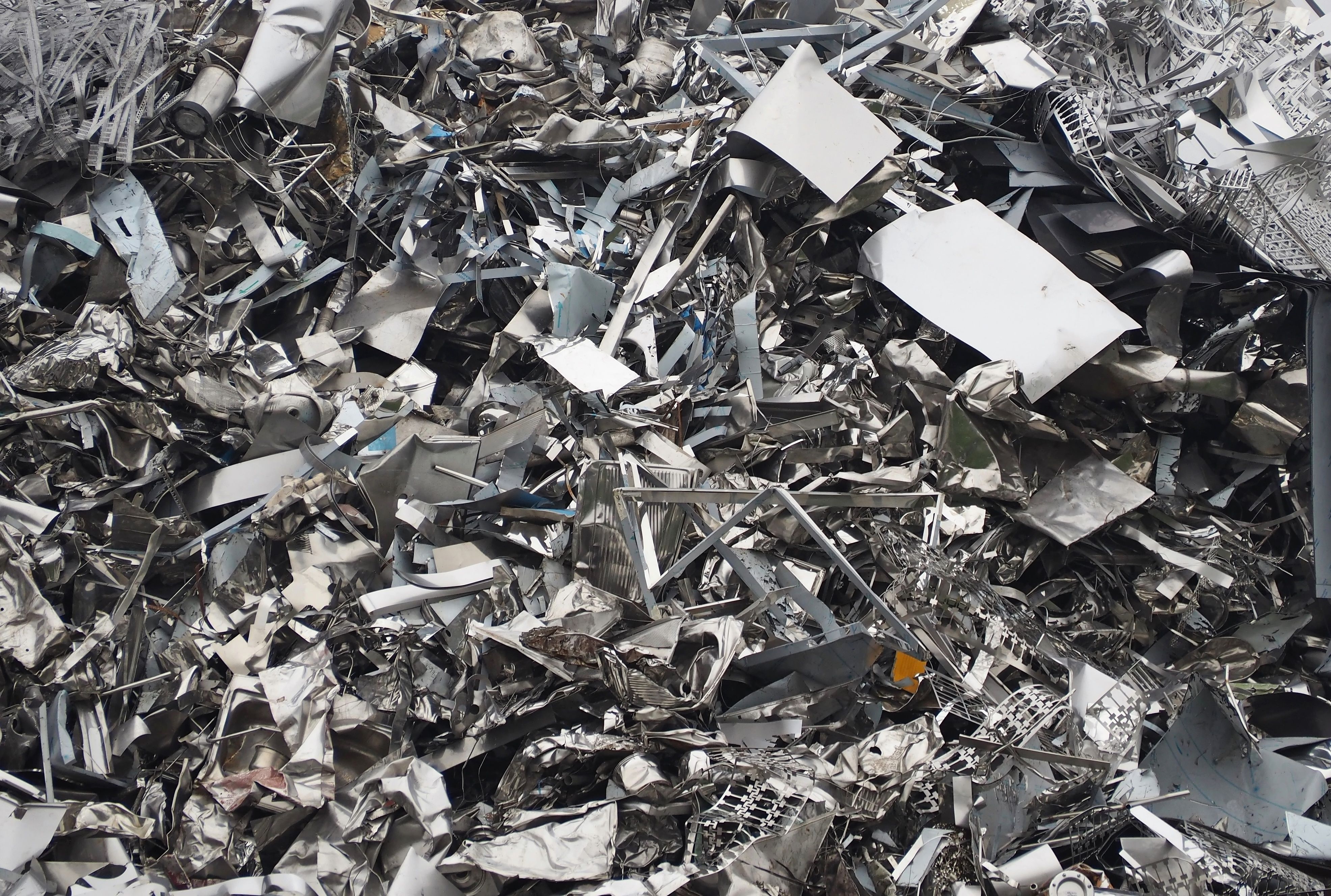Deep Learning Revolutionizes Quantitative Analysis of Aluminum Scrap Using Laser-Induced Breakdown Spectroscopy (LIBS)
Researchers have demonstrated the power of deep learning regression in revolutionizing quantitative analysis of aluminum scrap using laser-induced breakdown spectroscopy (LIBS), offering a highly accurate and efficient method for metal sorting and recycling.
A study published in the Spectrochimica Acta Part B: Atomic Spectroscopy journal unveiled the potential of deep learning regression in revolutionizing the analysis of post-consumer aluminum scrap through laser-induced breakdown spectroscopy (LIBS) (1). The study addresses the limitations of existing methods for estimating alloying element concentrations using LIBS spectra, which fall short of the accuracy required by the industry.
Aluminum and ferrous materials scrap ready for recycling. Full frame, background and texture. | Image Credit: © luca piccini basile - stock.adobe.com

Deep learning regression is a subfield of machine learning that utilizes deep neural networks to model and predict continuous numerical values. It involves training neural networks with multiple layers to learn complex patterns and relationships within the data. Unlike traditional regression methods, which normally rely on manually selecting features, deep learning regression automatically learns relevant features from the input data. The neural network is trained using a large data set, adjusting its internal parameters to minimize the difference between the predicted and actual values. This enables the model to make accurate predictions on new, unseen data, making it particularly effective for complex and high-dimensional problems.
The study compares the performance of novel deep learning approaches with traditional linear univariate regression and machine learning methods, evaluating their efficacy based on metrics such as root mean square error (RMSE), mean absolute error (MAE), and R2 (coefficient of determination). To conduct the evaluation, two sample sets were utilized: one comprising 27 certified aluminum reference samples and another consisting of 733 post-consumer scrap pieces, with ground truth concentrations determined through X-ray fluorescence (XRF).
Significantly, the adoption of multiple loss functions, each specific to an element, proved to be a game-changer for regression performance. This approach yielded improved results across all performance metrics in the Scrap Sample set. The same trend was observed in the reference sample set, with the exception of Fe, Mn, and Mg, where the coefficient of determination was not positively impacted. Furthermore, the proposed methodology effectively addressed the learning prioritization problem, ensuring that the concentration of the base element did not take precedence over the alloying elements.
Impressively, the best-performing deep learning model achieved remarkable accuracy, with an average RMSE of just 0.02 wt% for Al and Si, and not exceeding 0.01 wt% for Fe, Cu, Mn, Mg, and Zn. This groundbreaking achievement holds immense promise for the future of LIBS in metal sorting applications. The study showcases the potential of deep learning regression to meet the demanding requirements of the industry and offers a transformative solution to enhance the sorting and recycling of post-consumer aluminum scrap.
By surpassing the limitations of previous methods, this cutting-edge research opens new avenues for high-precision analysis in the field of recycling. The findings not only establish the superior performance of deep learning in LIBS analysis but also underscore its immense potential in other scientific and industrial applications. As the demand for accurate and efficient metal sorting continues to grow, the advancements made in this study pave the way for a more sustainable and resource-efficient future.
Reference
(1) Van den Eynde, S.; Diaz-Romero, D. J.; Zaplana, I.; Peeters, J.Deep learning regression for quantitative LIBS analysis. Spectrochimica Acta Part B: At. Spectrosc. 2023, 202, 106634. DOI: 10.1016/j.sab.2023.106634
Laser Ablation Molecular Isotopic Spectrometry: A New Dimension of LIBS
July 5th 2012Part of a new podcast series presented in collaboration with the Federation of Analytical Chemistry and Spectroscopy Societies (FACSS), in connection with SciX 2012 — the Great Scientific Exchange, the North American conference (39th Annual) of FACSS.